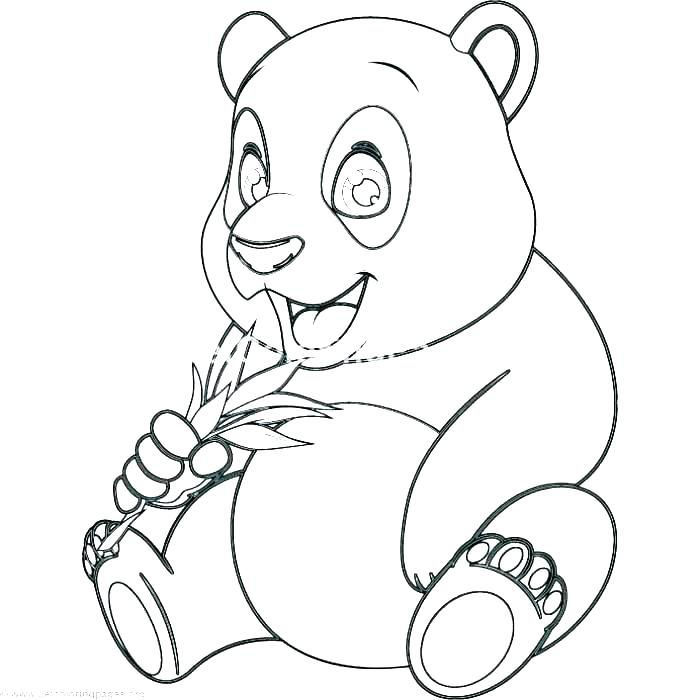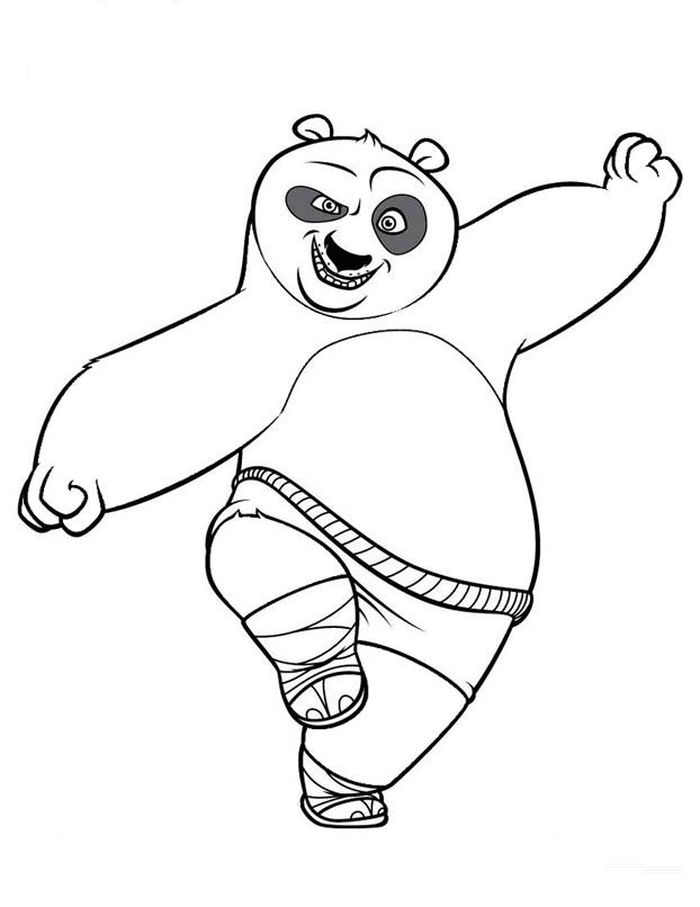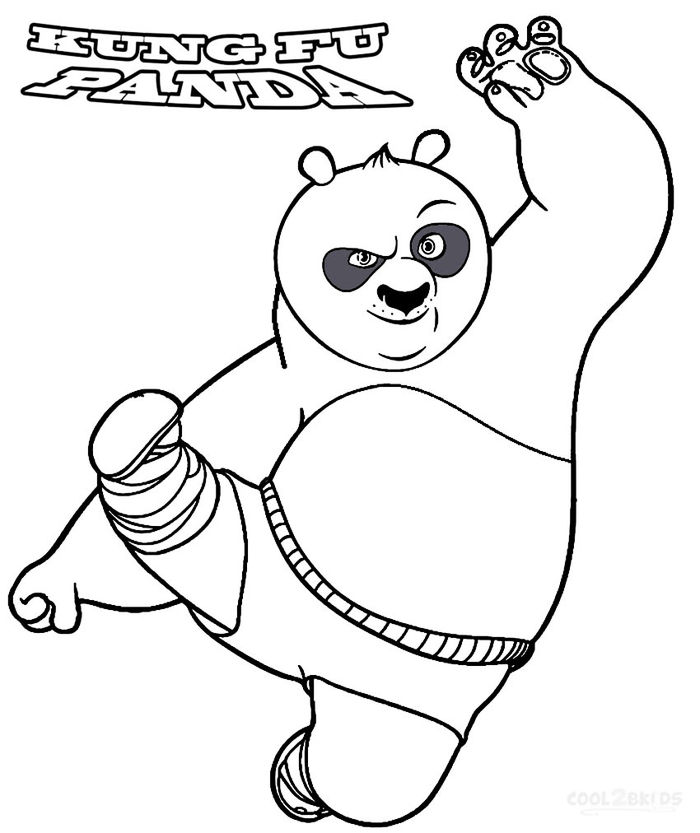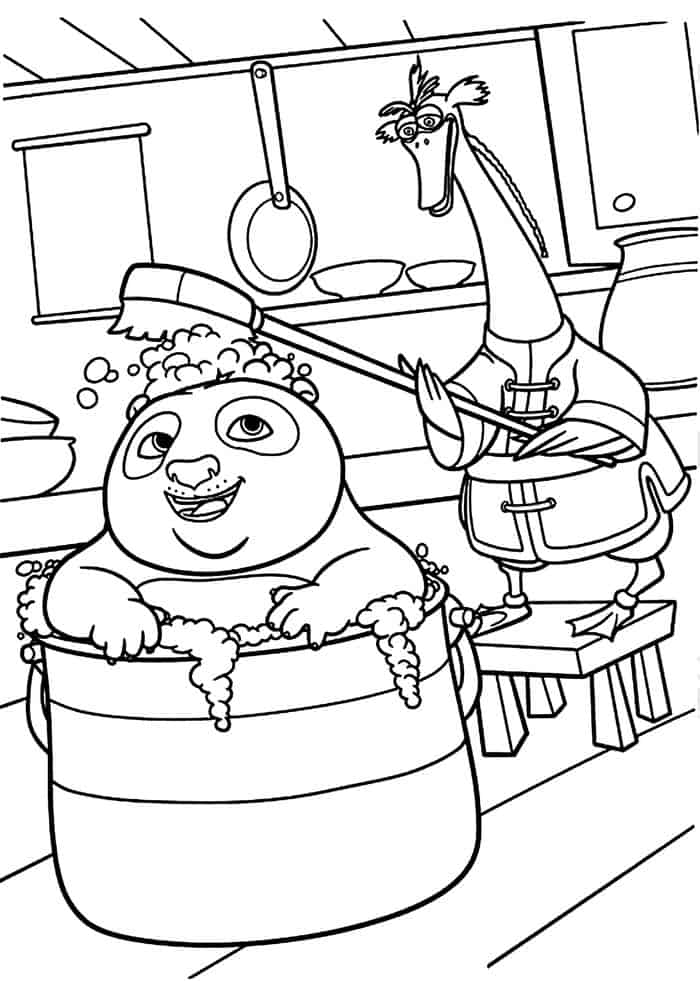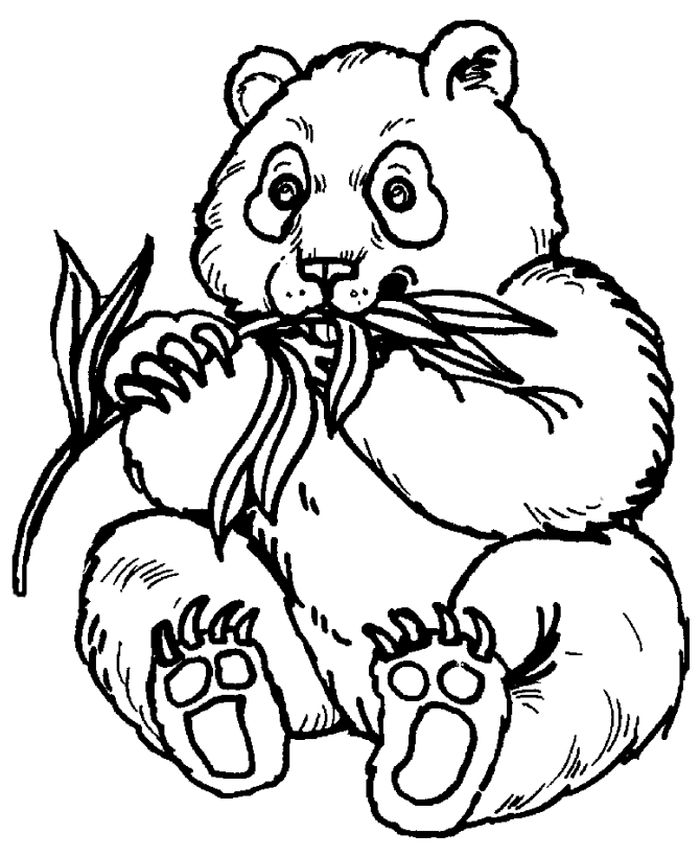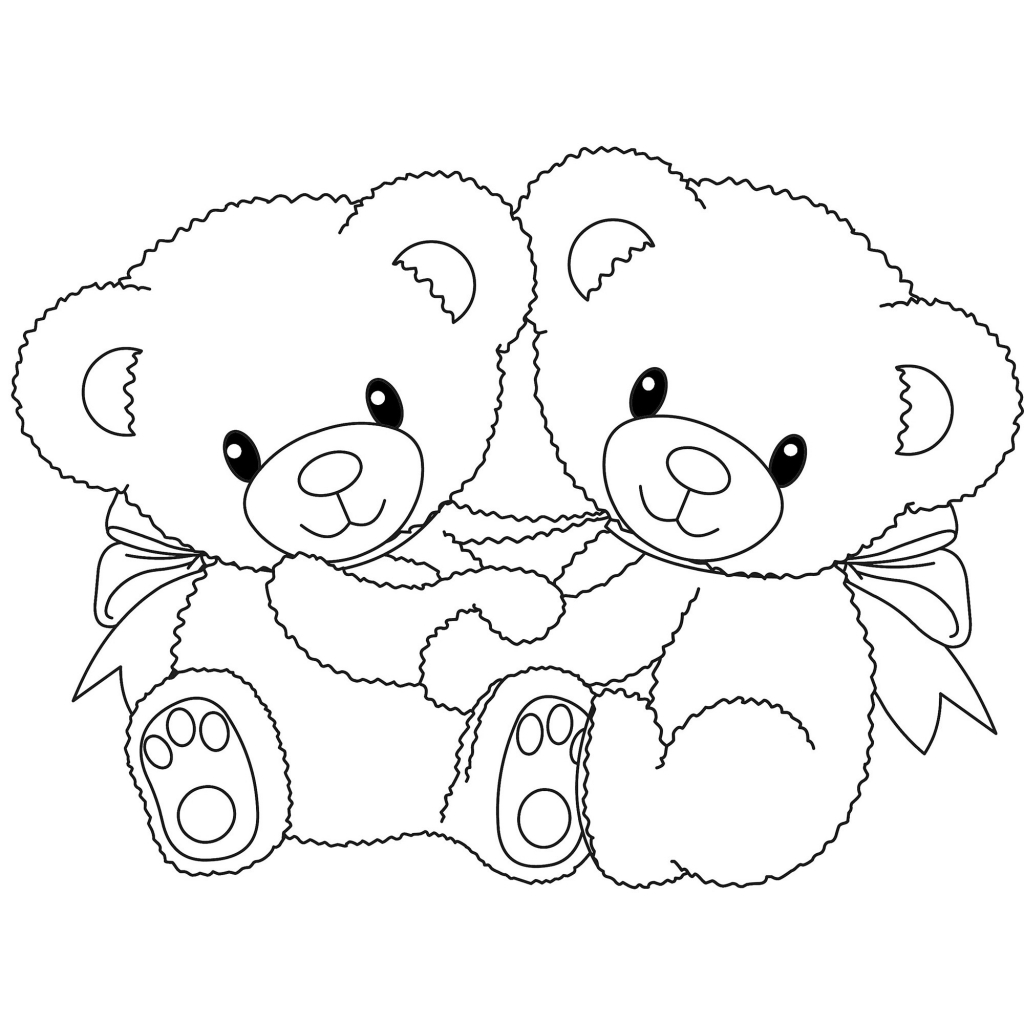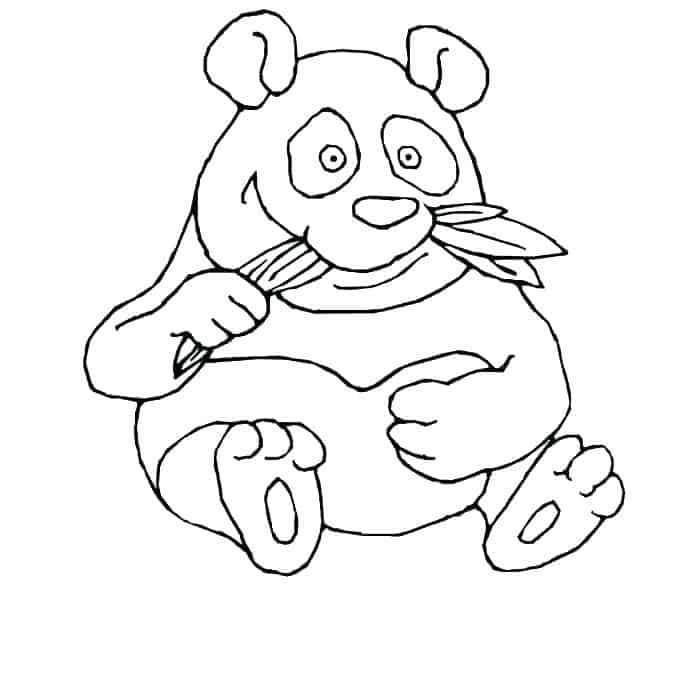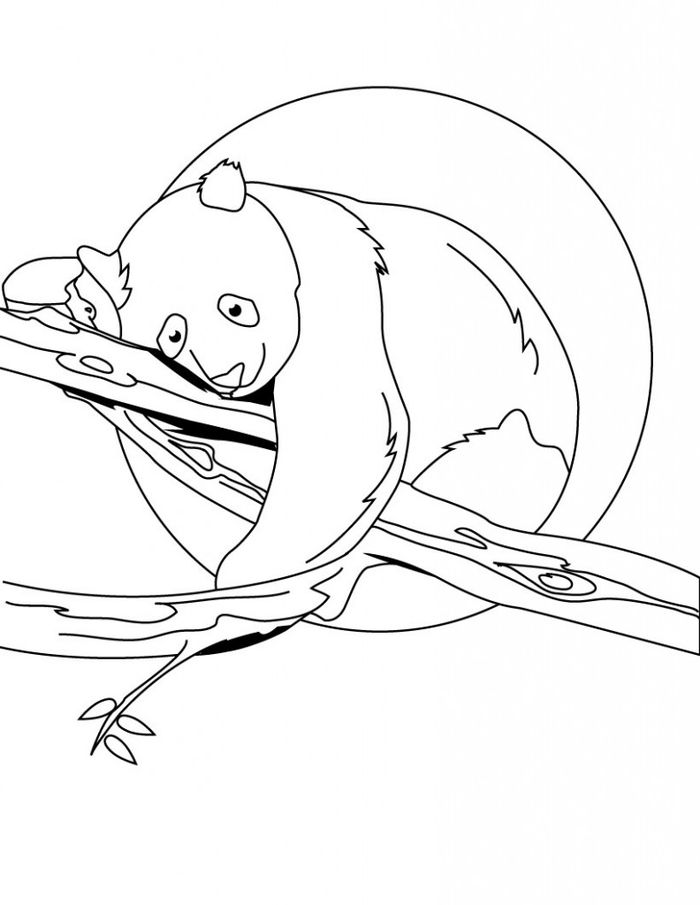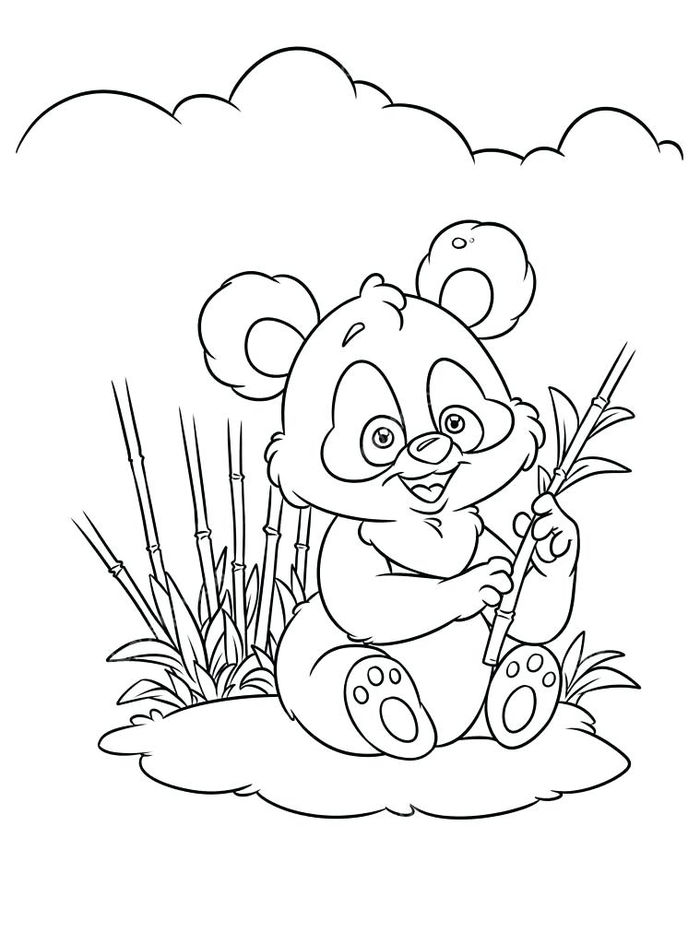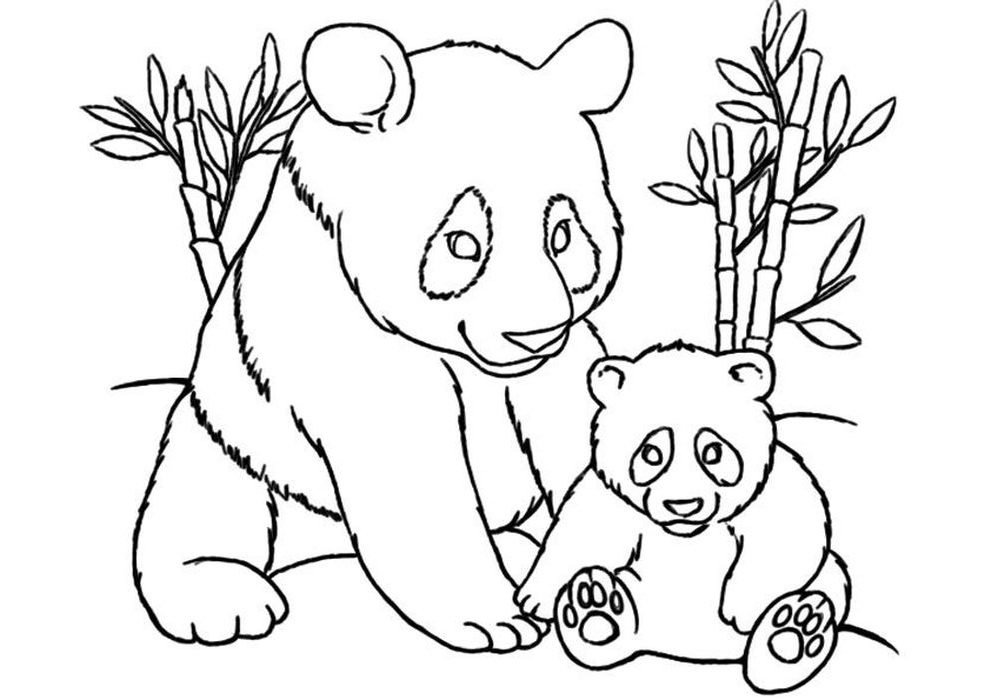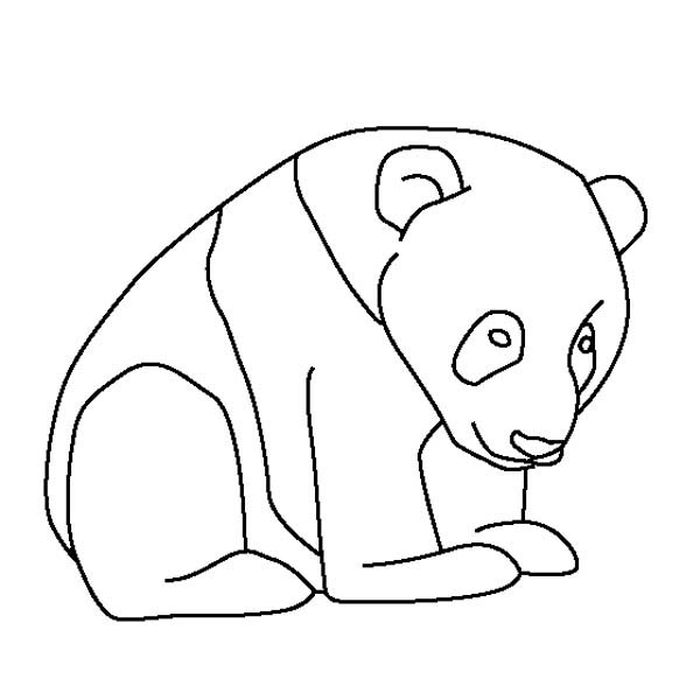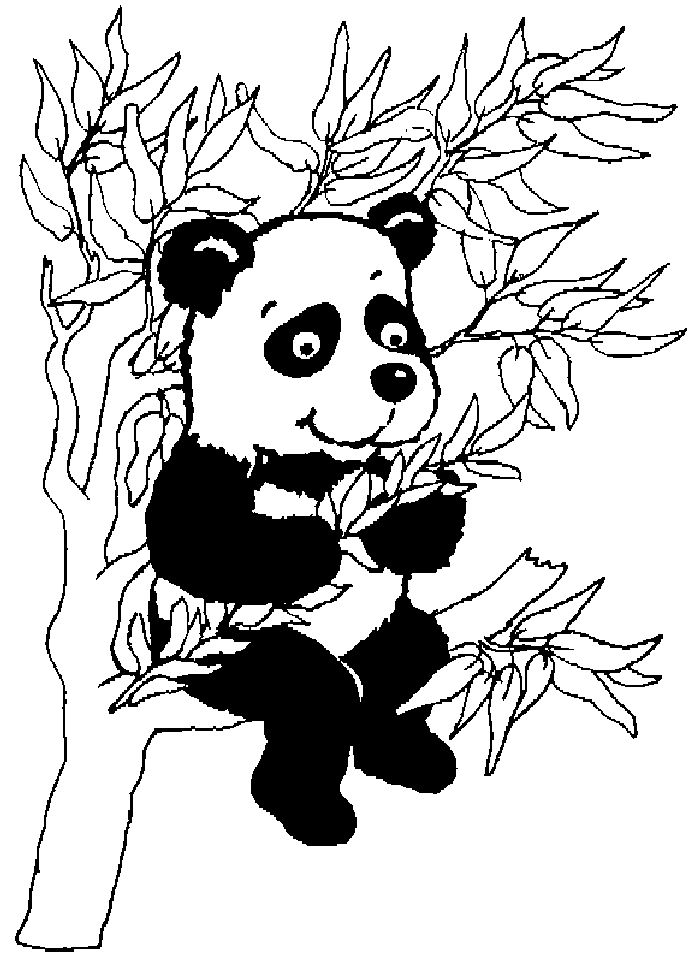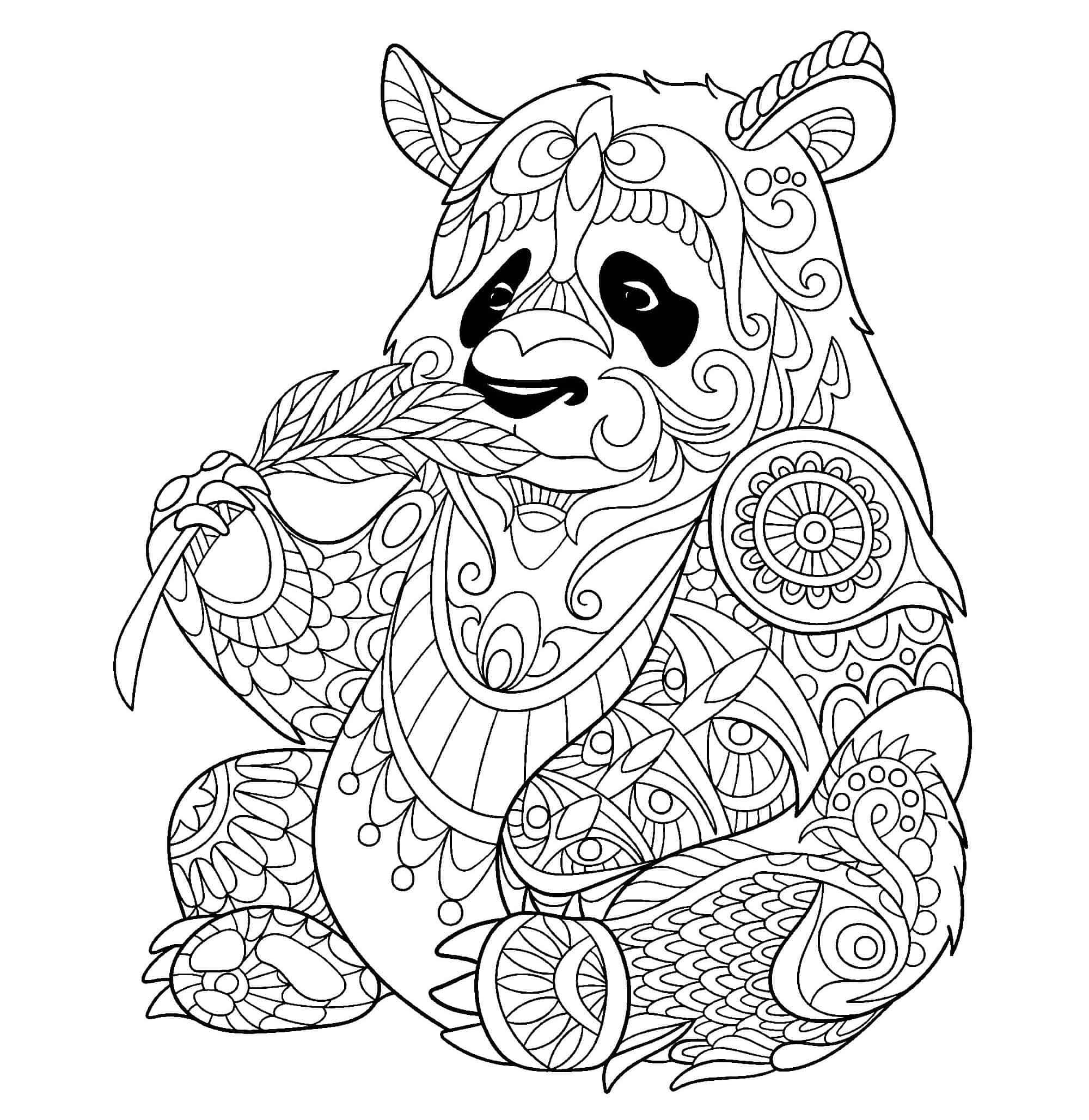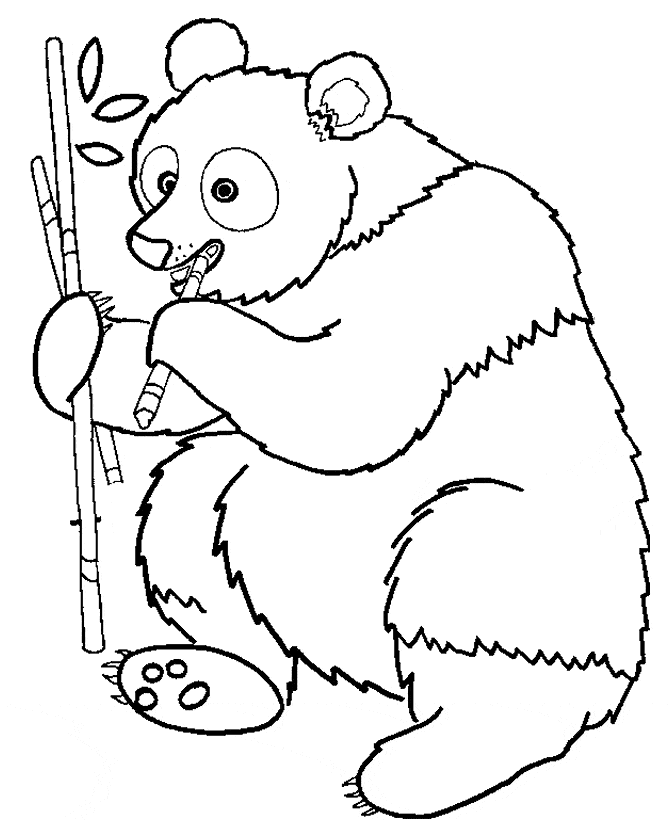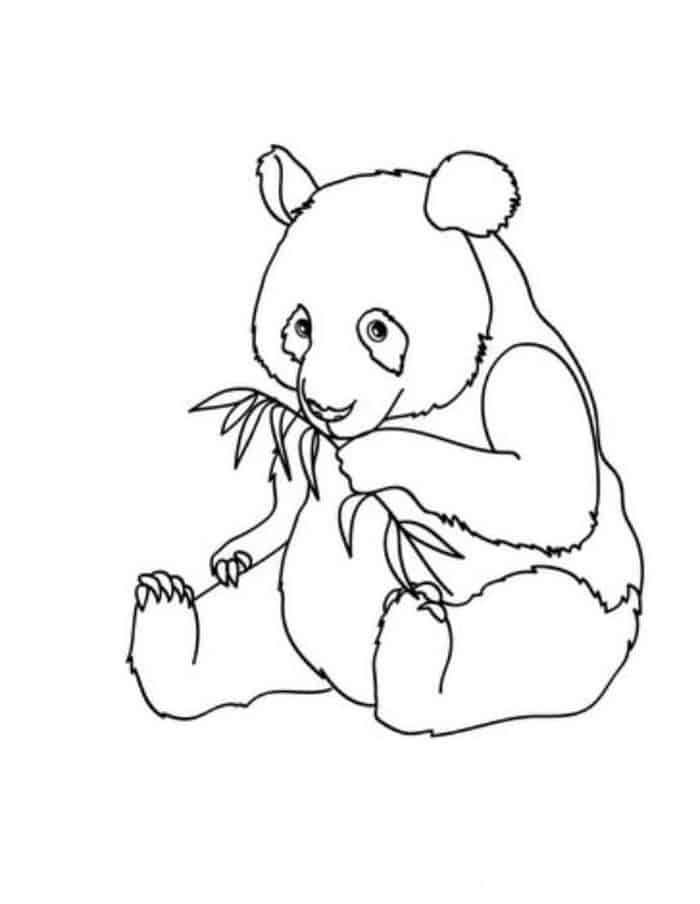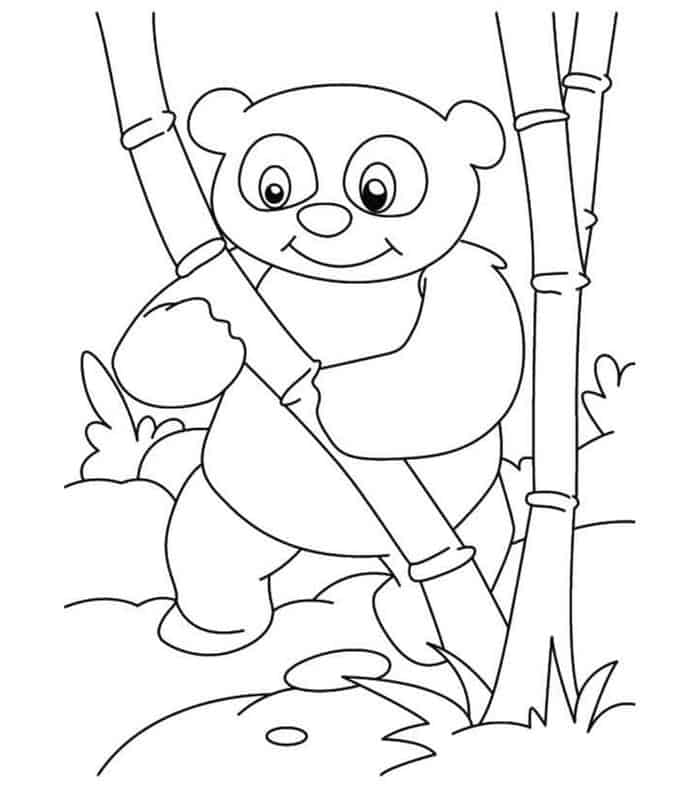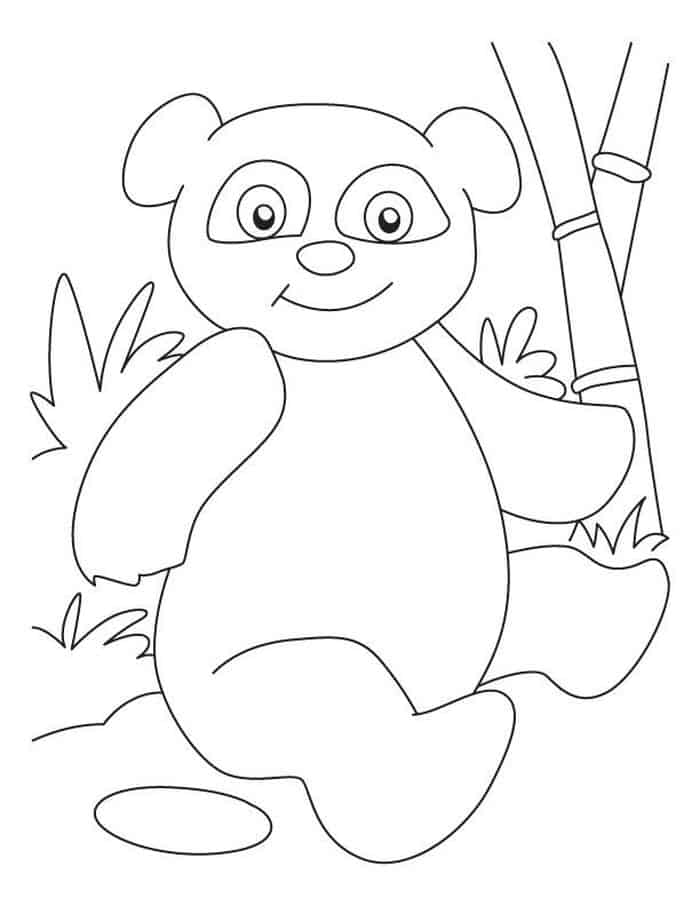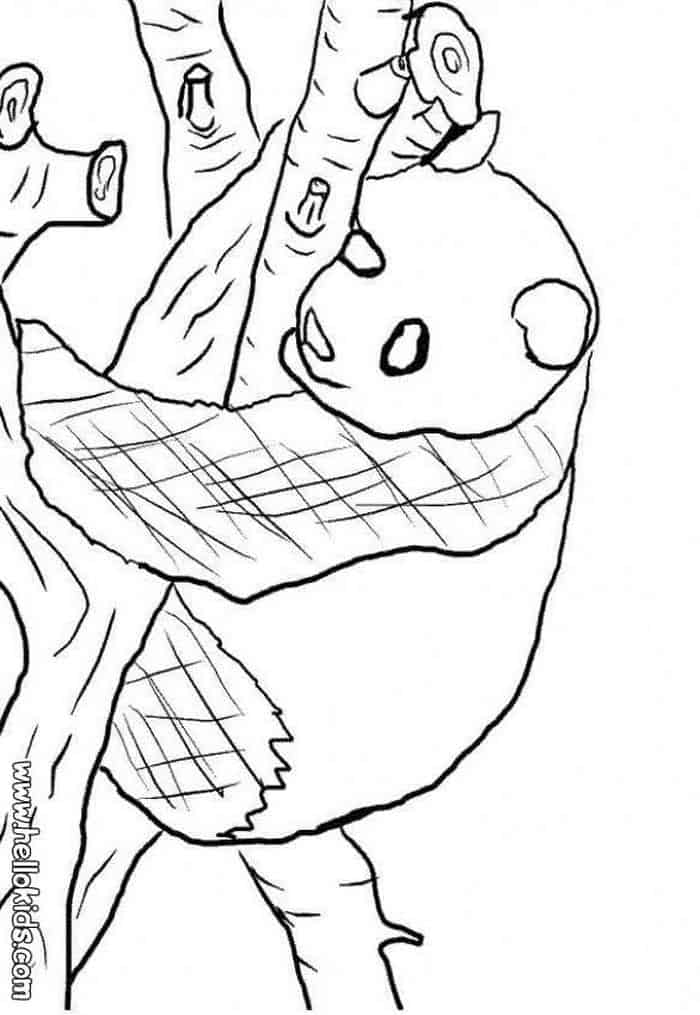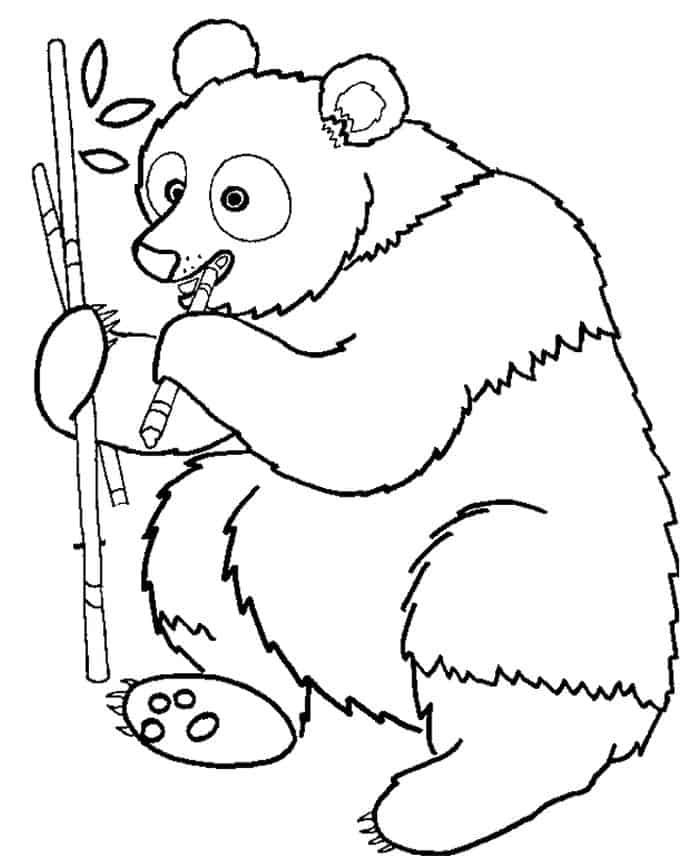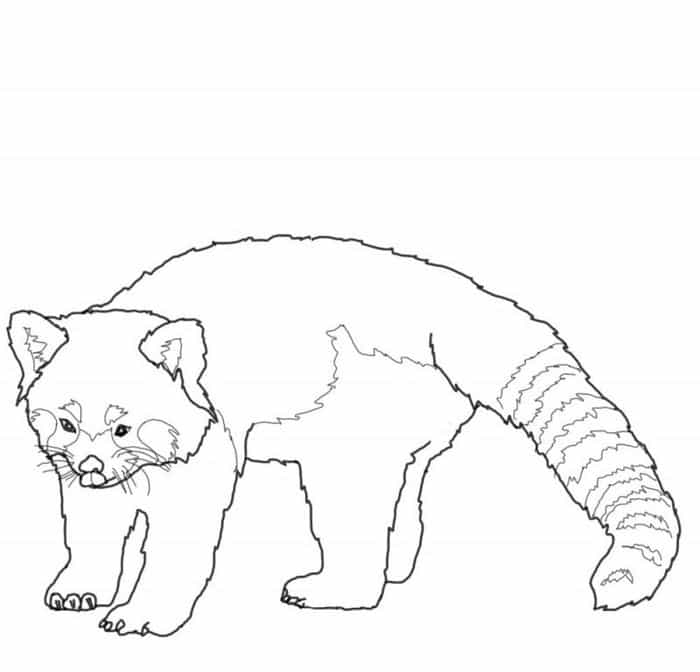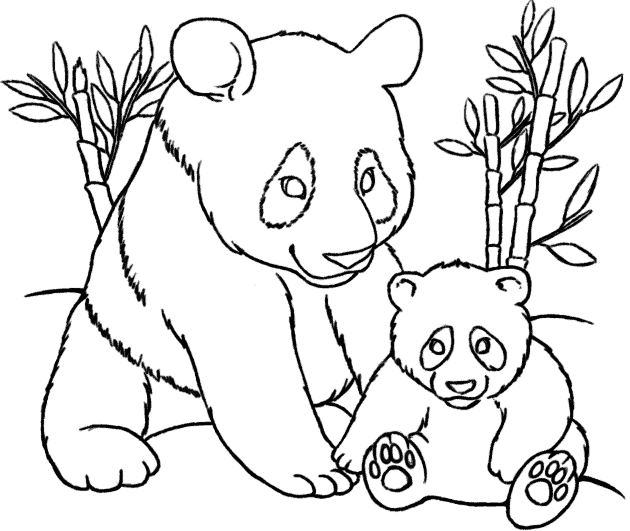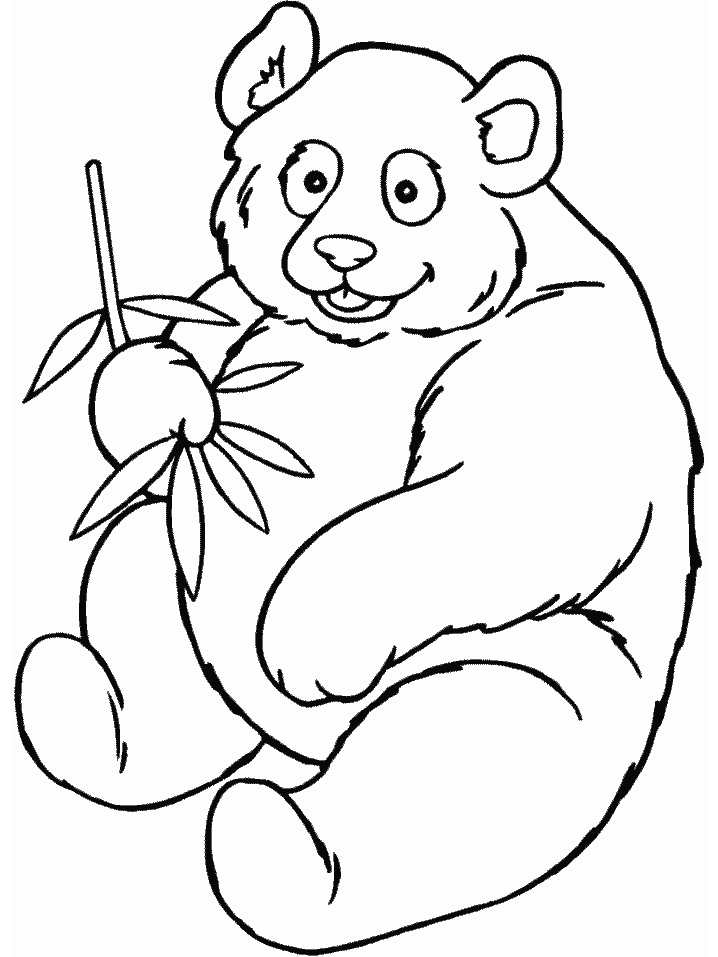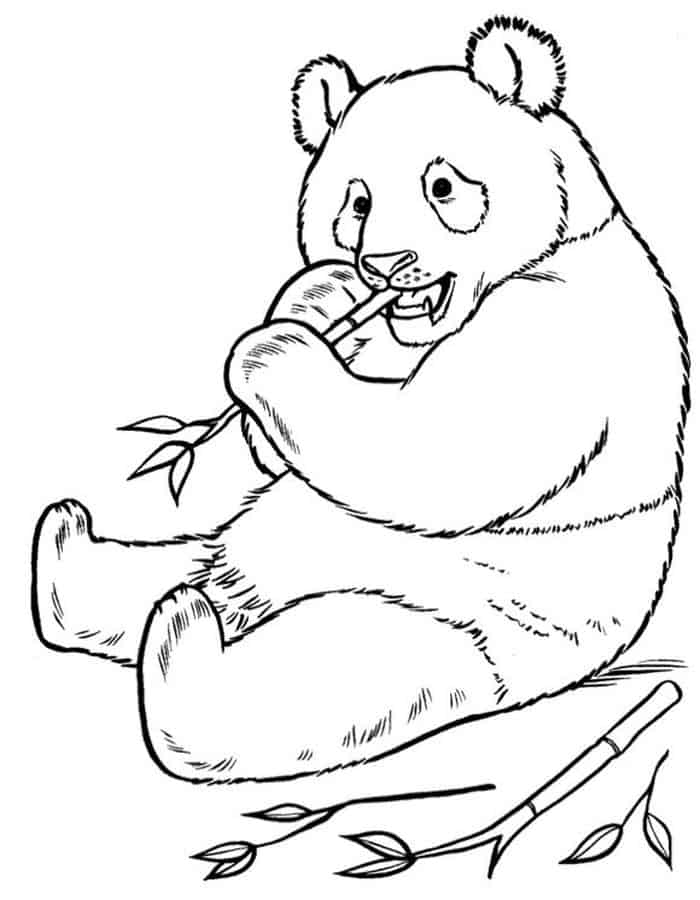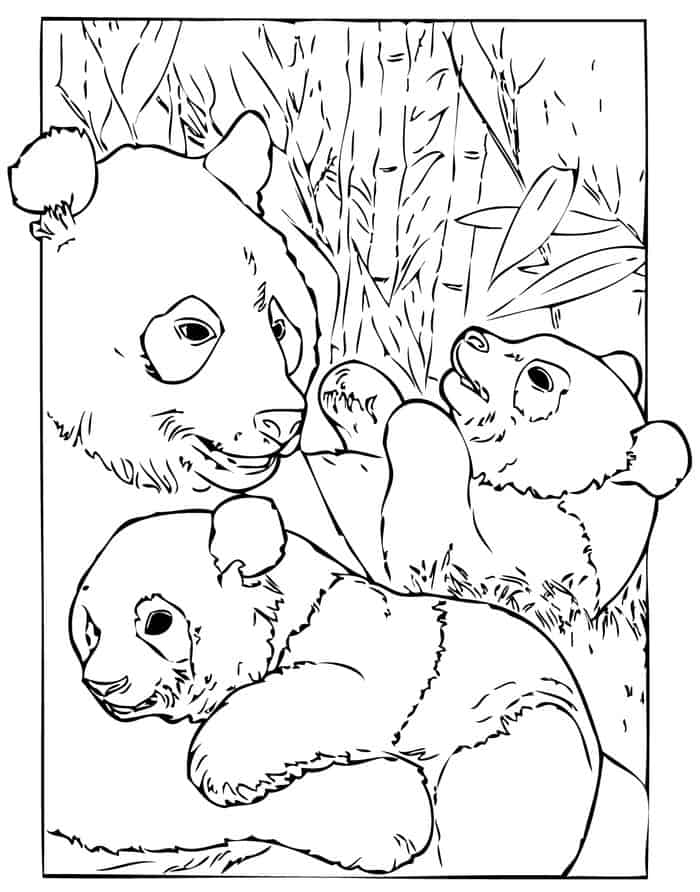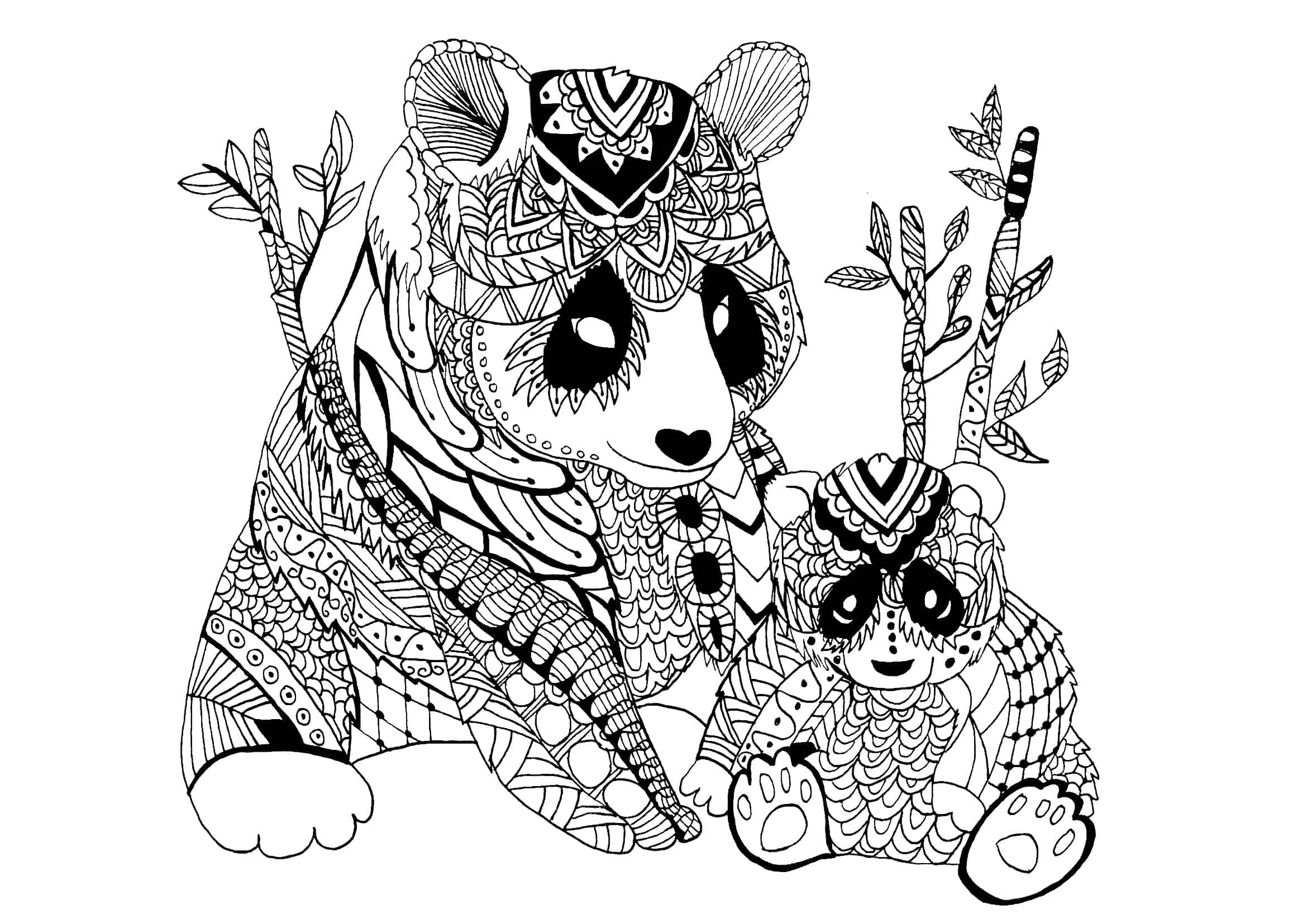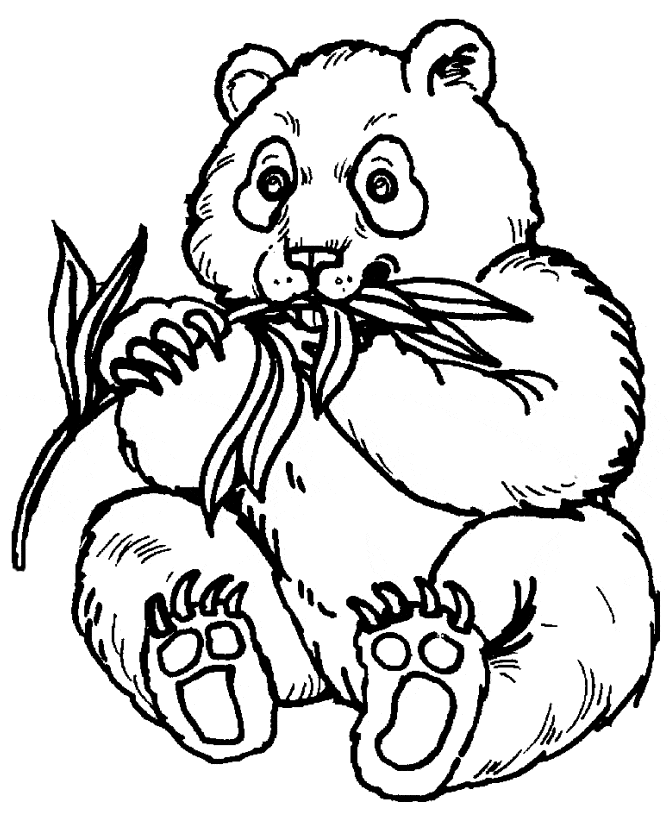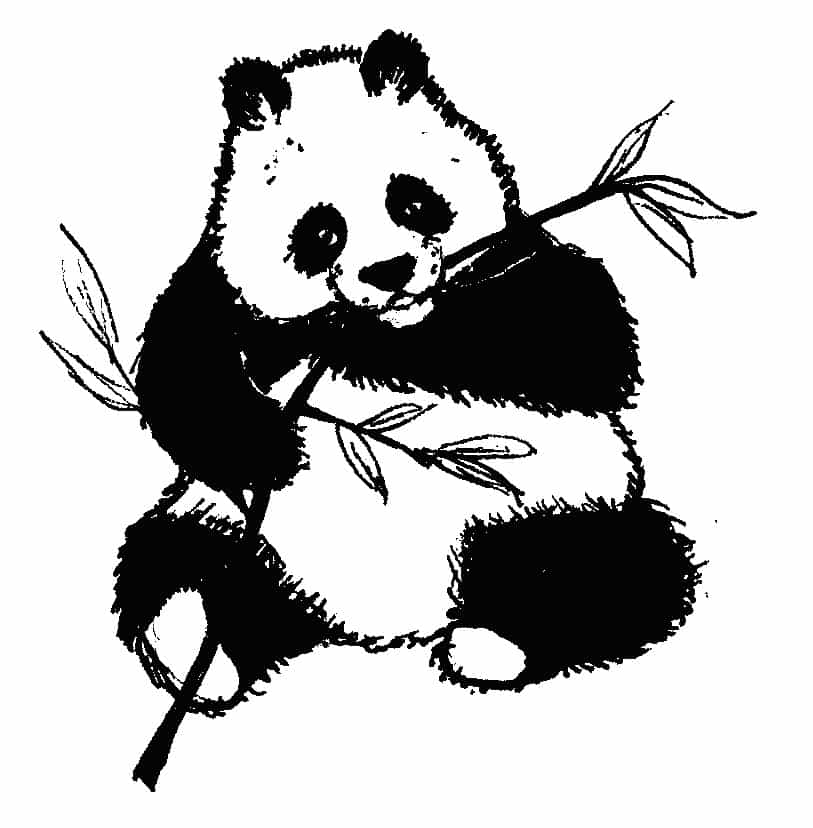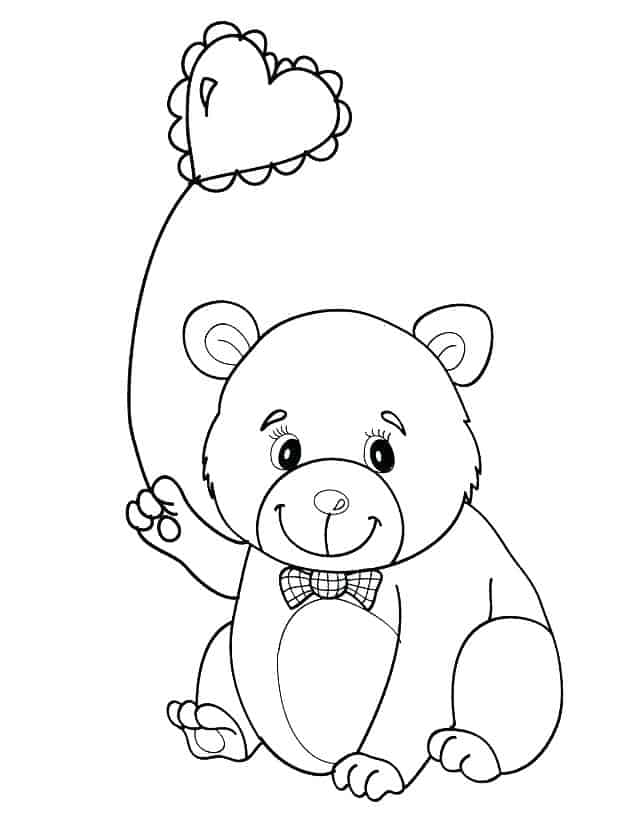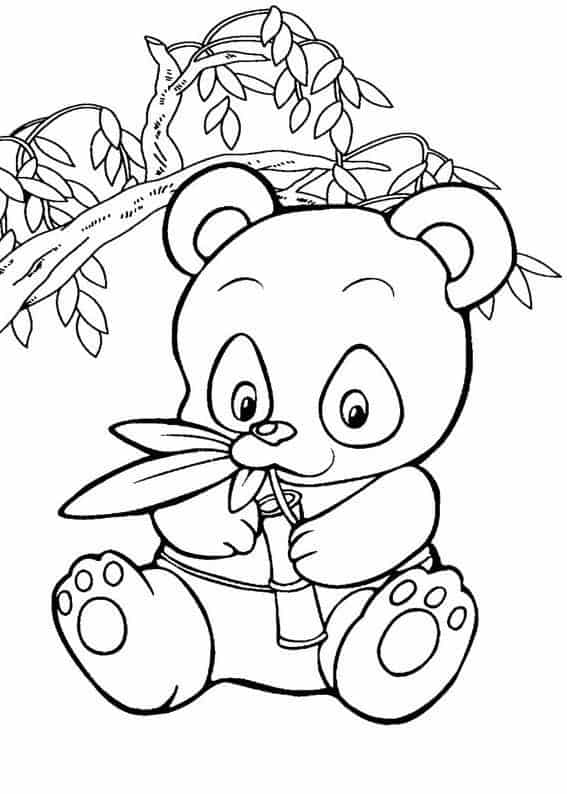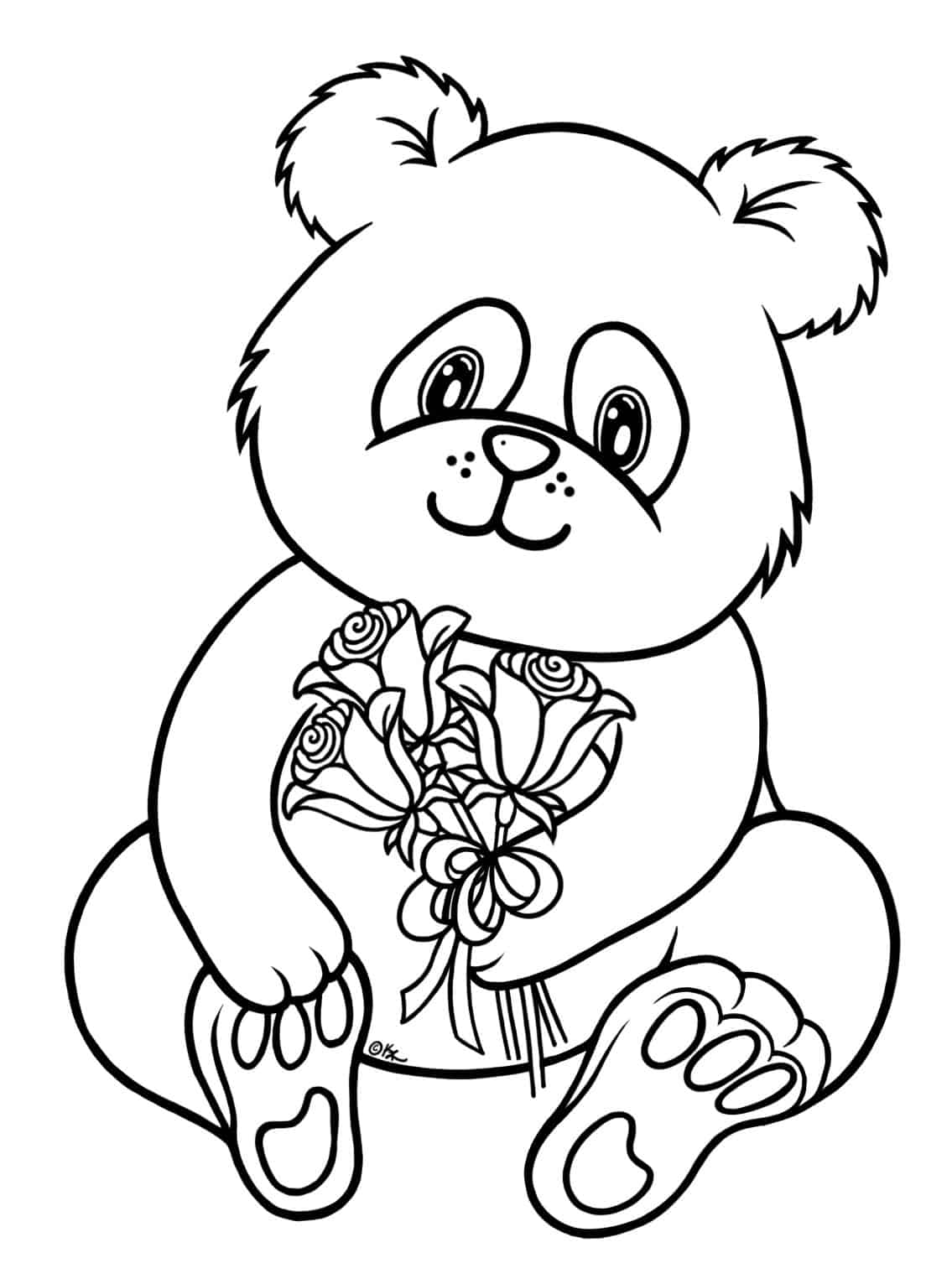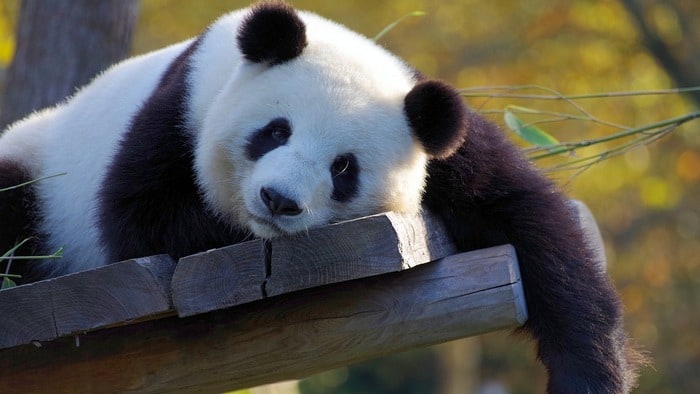Do you look for a coloring picture of a Panda? You’re right here because we’ve got some beautiful images for you to print and color. There are simple panda coloring pictures, but also drawings with a challenging pattern. Happy coloring!
The panda is a black and white bear. He is also called the giant panda. Not because it is so big, but because there is also a small panda. A panda eats bamboo, a lot of bamboos.
Printable Panda Coloring Pages
The eyespots, limbs, ears, and a band that runs across the shoulders are black, sometimes brownish. The other parts of the body are white, but with age, they can become “grimy” (brownish).
Due to the threat of extinction that affected the giant panda, it is now confined to the center-south of China. Originally, panda species lived in more regions covering eastern and southern China.
Fossils from more remote times indicate the presence of panda ancestors in northern Myanmar and northern Vietnam, to the south and near Beijing in the north.
This restriction of panda habitat is due to urbanization, industrial development, and rapid expansion of agriculture in the central Asian valleys.
Even belonging to the order of carnivores and having a digestive and genetic system of a carnivore, the panda has herbivorous habits because it feeds almost exclusively on leaves, stems, and shoots of bamboos, which are rich in fiber and protein.
The giant panda consumes an average of 9 to 14 kg of bamboo per day.
The panda needs to spend most of the day eating and exercising because its digestive system absorbs the bamboo fibers little by little.
Pandas feed on 25 different species of bamboo, but these varieties have decreased because of the devastation of the forests.
Although they have prey, claws, and the strength to hunt small mammals, birds, fish, and eggs, pandas do not do so, preferring plant food.
Bamboo is their favorite food, a food rich in water, corresponding to 40% of their weight, reaching 90% in the case of shoots, but even so, the panda often drinks the water from streams or melted snow.
In captivity, its diet consists of bamboo, sugar cane, rice porridge, special fiber-rich biscuits, carrots, apples, and sweet potatoes.

